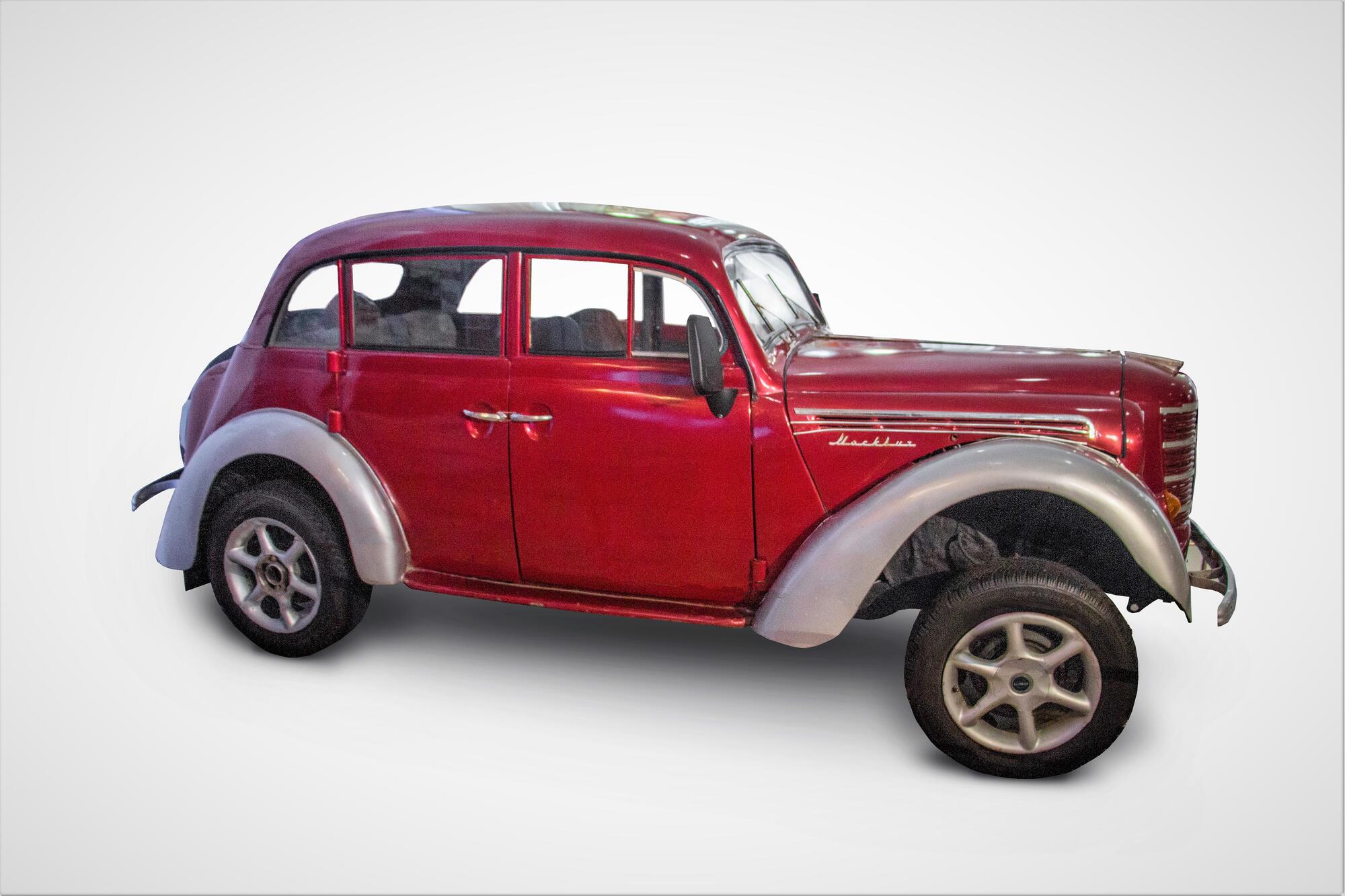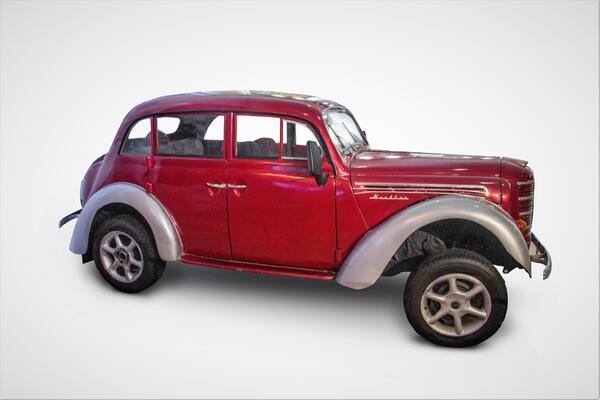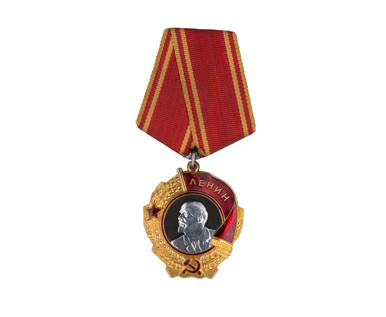During and after World War II, there were about 50 thousand captured cars, mostly German, in the Soviet Union. Moreover, there were reparation deliveries of the new cars, assembled in the Soviet occupation zone.
Reparation is the compensation payment for the war damages, which the vanquished state pays to the victorious country.
However, the captured car fleet gradually went out of order due to bad roads, lack of spare parts, and unqualified repair. There was a need to launch the mass production of Soviet cars.
German models were of good quality, in addition, the drivers and mechanics knew them. According to the Reparations Agreement, the USSR received production documents and equipment for the manufacture of such cars. Therefore, the prototype for the new Soviet small car was sought among the German ones. The Opel Kadett K38 was finally chosen. This model was comfortable and technically adapted for Soviet roads. It was manufactured since November 1936, and at the end of 1937, its design slightly changed. For example, instead of a flat grille, there was a semi-circular.
The MZMA (Moscow Plant of Small Cars) started the mass production of Moskvitch 400 cars in January 1947, and in 1954, it began to produce the renewed Moskvitch 401.
Moskvitch 401 differed from its predecessor by slight changes in body trim, front fender turn signals, and engine. Engine power was 26 horsepower, 3 more than in the old model.
At first, Moskvitch 401 was not popular, but in the early 1950-s, the demand for cars significantly increased. Waiting lists to get Moskvitch and Pobeda automobiles began to form. Moskvitch was the first small car in the Soviet Union, which went into mass production.
The displayed Moskvitch 401 was purchased in 2014, especially for the exposition “Peter the Great’s Siberian City.”
Reparation is the compensation payment for the war damages, which the vanquished state pays to the victorious country.
However, the captured car fleet gradually went out of order due to bad roads, lack of spare parts, and unqualified repair. There was a need to launch the mass production of Soviet cars.
German models were of good quality, in addition, the drivers and mechanics knew them. According to the Reparations Agreement, the USSR received production documents and equipment for the manufacture of such cars. Therefore, the prototype for the new Soviet small car was sought among the German ones. The Opel Kadett K38 was finally chosen. This model was comfortable and technically adapted for Soviet roads. It was manufactured since November 1936, and at the end of 1937, its design slightly changed. For example, instead of a flat grille, there was a semi-circular.
The MZMA (Moscow Plant of Small Cars) started the mass production of Moskvitch 400 cars in January 1947, and in 1954, it began to produce the renewed Moskvitch 401.
Moskvitch 401 differed from its predecessor by slight changes in body trim, front fender turn signals, and engine. Engine power was 26 horsepower, 3 more than in the old model.
At first, Moskvitch 401 was not popular, but in the early 1950-s, the demand for cars significantly increased. Waiting lists to get Moskvitch and Pobeda automobiles began to form. Moskvitch was the first small car in the Soviet Union, which went into mass production.
The displayed Moskvitch 401 was purchased in 2014, especially for the exposition “Peter the Great’s Siberian City.”



